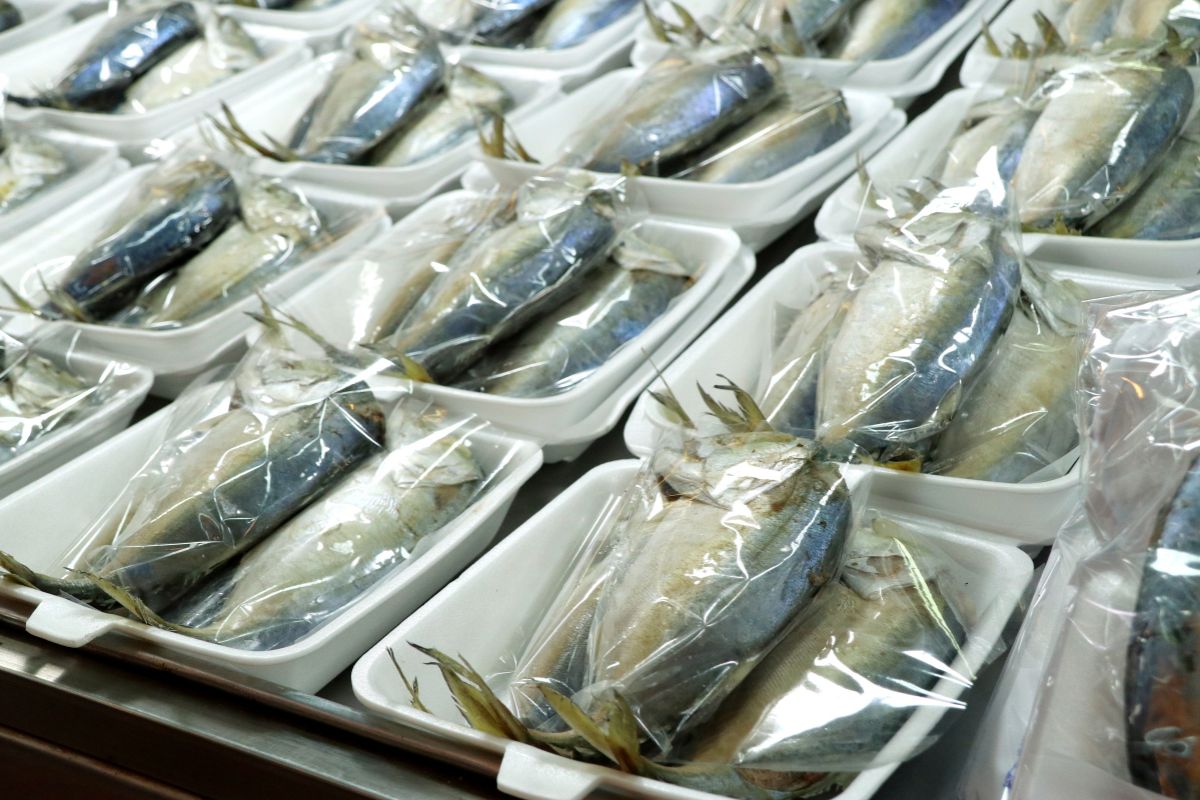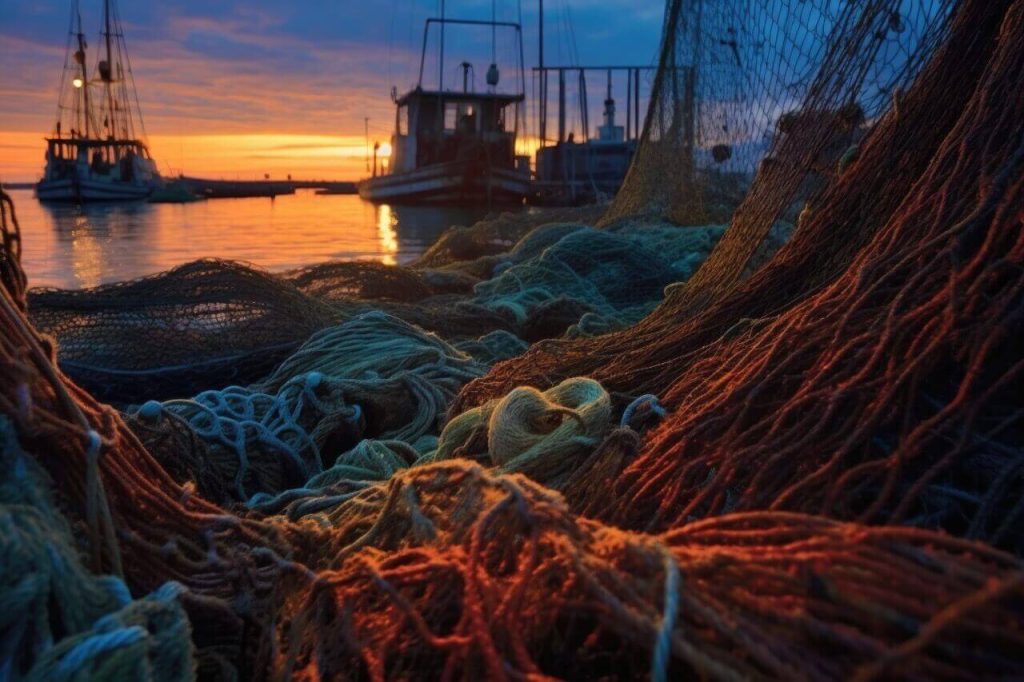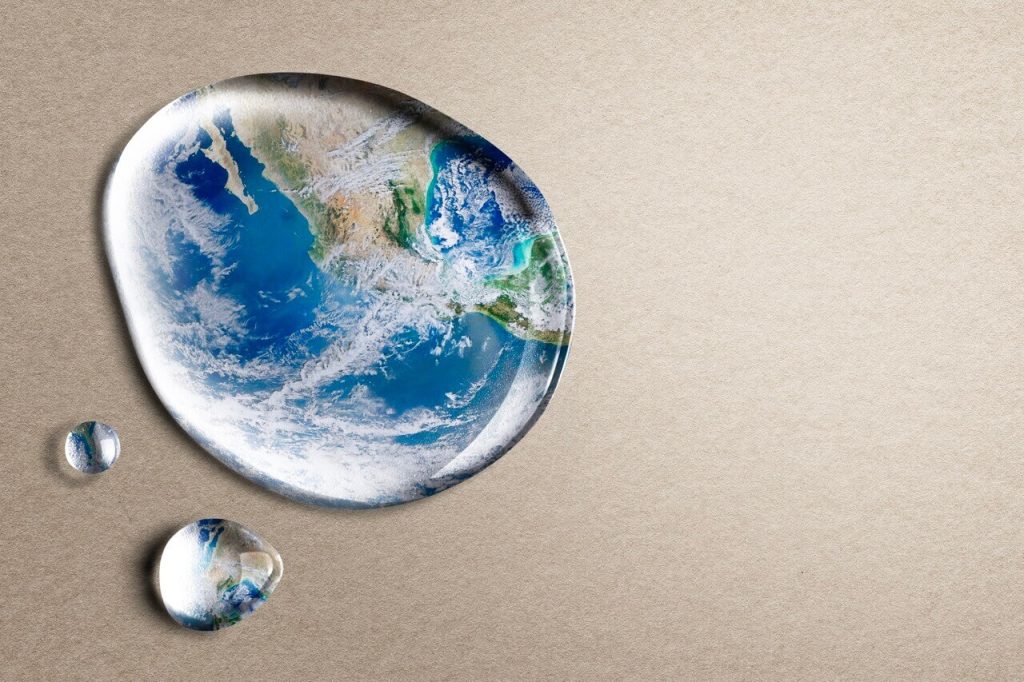Key challenges in seafood packaging
Fish packaging faces several challenges, from moisture resistance to plastic regulations. These challenges have environmental, economic, and logistical implications.
Plastic waste and pollution
Traditional materials, such as expanded polystyrene (EPS) and single-use plastics, have been widely used due to their lightweight properties and thermal insulation. However, their low recyclability and high waste accumulation have led to restrictions in markets like the European Union. As we’ll see later, both the EU and other global markets have introduced regulations to limit their use.
Costs and feasibility of eco-friendly alternatives
Sustainable materials exist, but large-scale adoption remains a challenge for many companies. Biodegradable and recyclable packaging options are often more expensive than traditional materials. As a result, many businesses still rely on conventional solutions to maintain profitability.
Additionally, the availability of recycling and processing infrastructure varies by region. This means that some eco-friendly packaging solutions may not be feasible across all supply chains.
The importance of reducing environmental impact
Why should companies implement sustainable packaging practices? The seafood industry depends on moisture-resistant and insulated materials to maintain product quality. However, the widespread use of plastics and foam has caused severe environmental problems.
According to Greenpeace, 80% of ocean waste comes from land-based human activities, while 20% originates from maritime operations. Reducing plastic pollution is not only an environmental priority but also a market requirement. Major retailers and consumers are demanding more sustainable packaging. This shift is driving the transition toward recyclable and biodegradable options in the fresh and frozen seafood sector.
Regulations and Eco-Certifications in packaging
As environmental awareness increases, various regulations and certifications are guiding companies toward more sustainable practices.
International regulations and sustainability standards
The European Union has been a leader in reducing single-use plastics. The 2019/904 EU Directive on single-use plastics established measures to decrease non-recyclable plastic consumption and promote eco-friendly alternatives. According to this directive, by 2025, at least 25% of plastic used in packaging must be recycled, encouraging the industry to adopt more sustainable solutions.
Sustainability regulations in the United States
In the United States, plastic waste management and sustainable packaging are regulated at both the federal and state levels. The Save Our Seas 2.0 Act aims to reduce plastic pollution and improve recycling. It also promotes the development of eco-friendly packaging solutions for seafood products. This law encourages businesses to adopt sustainable practices to protect marine ecosystems.
Several states have stricter rules. California’s SB 54 Law (2022) requires all plastic packaging to be recyclable or compostable by 2032. Maine and Oregon have Extended Producer Responsibility (EPR) laws. These require companies to help fund recycling programs. Such regulations push the seafood industry toward sustainable packaging like biodegradable and recyclable materials.
Eco-Certifications and their market impact
Several eco-certifications ensure packaging meets sustainability standards. Examples include the FSC (Forest Stewardship Council) seal for cardboard packaging and the OK Compost certification for biodegradable materials.
Krustagroup holds key sustainability certifications such as ES-ECO-001-AN (Agricultura UE), ASC, MSC, and IFS FOOD. These certifications guarantee responsible sourcing and compliance with strict environmental standards. They also help improve competitiveness in markets with demanding regulations.
Benefits of sustainable fish packaging
Switching to sustainable packaging offers multiple benefits for both the industry and consumers:
- Greater acceptance in international markets, ensuring compliance with strict environmental regulations.
- Reduction of waste, lowering environmental impact and improving brand reputation.
- Supply chain optimization, using lighter and more efficient packaging for seafood transportation.
- Preservation of freshness and quality, thanks to vacuum packaging and moisture-resistant materials.
Sustainable materials for fish packaging
Now that we’ve covered the importance, advantages, challenges, and regulations of sustainable fish packaging, what options are available? Several eco-friendly materials can be used in seafood packaging.
Bioplastics and biodegradable alternatives
Bioplastics made from cornstarch or sugarcane provide a more eco-friendly alternative to conventional plastics. These materials are biodegradable and compostable, reducing environmental impact after disposal. However, high costs remain a challenge for many companies.
Recyclable and reusable packaging
Recycled expanded polystyrene (EPS) boxes are gaining popularity as a sustainable option that maintains the thermal efficiency required for frozen fish transportation.
Additionally, cardboard packaging and moisture-resistant coated cardboard boxes are being adopted in certain markets. These materials improve waste management and are easily recyclable. However, they present durability challenges in humid environments.
Vacuum packaging: Extended freshness and less waste
Vacuum packaging is one of the most effective methods for extending the shelf life of fresh and frozen fish. By removing oxygen from the package, it reduces bacterial growth and minimizes food waste.
This method enhances fish preservation and reduces the need for ice and other traditional refrigeration methods. It also improves cold chain efficiency, making transportation more sustainable.
At Krustagroup, we are committed to sustainability and a greener future for the seafood industry. Our company prioritizes responsibility, quality, and eco-friendly solutions to meet the highest industry standards.
References:
- Greenpeace. (2011). Plastic ocean: How plastic pollution is poisoning the world’s oceans, and what we can do about it. Greenpeace International. Retrieved from https://www.greenpeace.to/greenpeace/wp-content/uploads/2011/05/plastic_ocean_report.pdf
- European Union. (2019). Directive (EU) 2019/904 of the European Parliament and of the Council of 5 June 2019 on the reduction of the impact of certain plastic products on the environment. Official Journal of the European Union. Retrieved from https://eur-lex.europa.eu/eli/dir/2019/904/oj/eng
- California Department of Resources Recycling and Recovery (CalRecycle). Packaging Extended Producer Responsibility (EPR). Retrieved from https://calrecycle.ca.gov/packaging/packaging-epr/
- Maine Department of Environmental Protection.Stewardship Program for Packaging. Retrieved from https://www.maine.gov/dep/waste/recycle/epr.html





